Class 7 History Notes - Rulers and Buildings
| Table of contents |

|
| Introduction |

|
| Engineering Skills and Construction |

|
| Building Temples, Mosques, and Tanks |

|
| Why were Temples Destroyed? |

|
| Region and Empire |

|
Introduction

Built by Qutbuddin Aybak around 1199, the Qutb Minar features intricate patterns on its first balcony, adorned with small arches and Arabic inscriptions. The curved and angular surface posed challenges for inscription placement.
 Qutb Minar
Qutb Minar
Structures (8th-18th Centuries): In this period, kings constructed two types of structures – grand forts, palaces, and tombs, and public places like temples, mosques, wells, and bazaars. These constructions aimed to showcase care for subjects. Merchants contributed to smaller structures, with large merchant mansions (havelis) becoming common only in the eighteenth century.
Engineering Skills and Construction
Monuments offer insights into historical construction techniques. An example is Roof construction, which involves placing beams or a stone slab across four walls. Complexity arises when creating large rooms with intricate structures, requiring advanced skills.
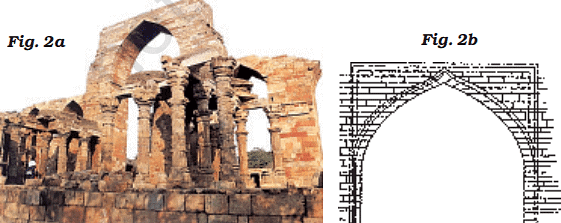
Evolution of Architectural Styles (7th to 10th centuries): Architects started adding more elements to buildings, such as rooms, doors, and windows. Construction continued using the "trabeate" or "corbelled" style. In this style, roofs, doors, and windows were made by placing a horizontal beam across two vertical columns.
Widespread Use of Trabeate Style (8th to 13th centuries): The trabeate style persisted in constructing various structures. Notable examples include temples, mosques, tombs, and buildings associated with large stepped wells (baolis). This style characterized the architectural landscape during this period.
Temple Construction in the Early Eleventh Century
The Kandariya Mahadeva temple, devoted to Shiva, was built in 999 by King Dhangadeva of the Chandela dynasty.
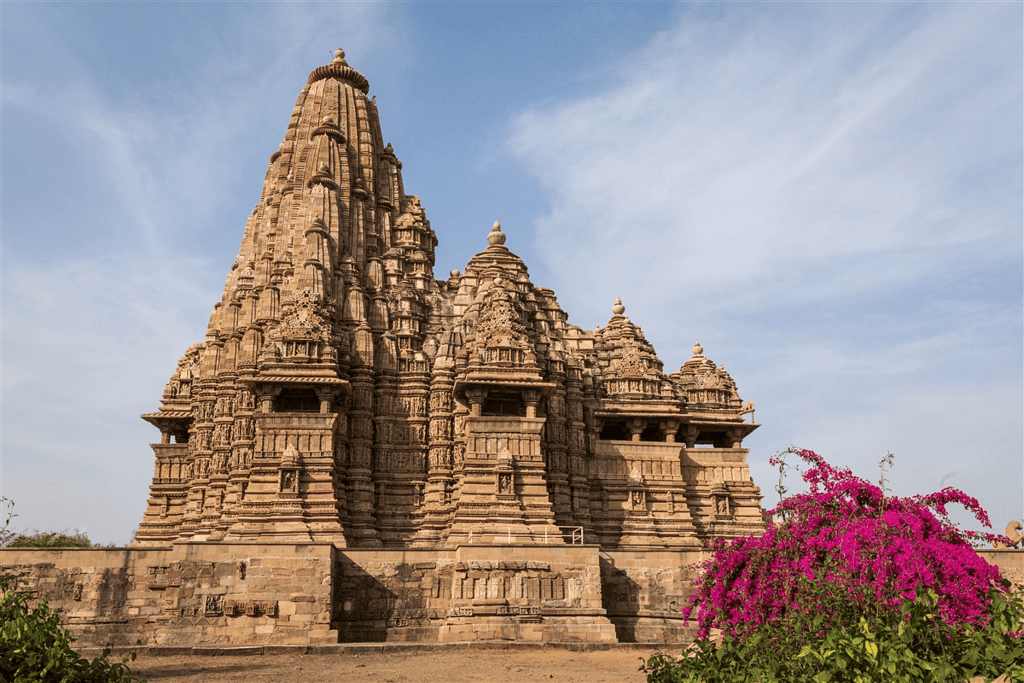 Kandariya Mahadeva temple
Kandariya Mahadeva temple
- The temple plan included an ornate gateway leading to an entrance and the main hall (mahamandapa) for dances.
- The chief deity's image was placed in the main shrine (garbhagriha), reserved for ritual worship attended only by the king, his immediate family, and priests.
- This temple was part of the Khajuraho complex, where common people were not allowed. The temples were adorned with intricately carved sculptures.
The Rajarajeshvara temple at Thanjavur had the tallest tower (shikhara) among temples of its time.
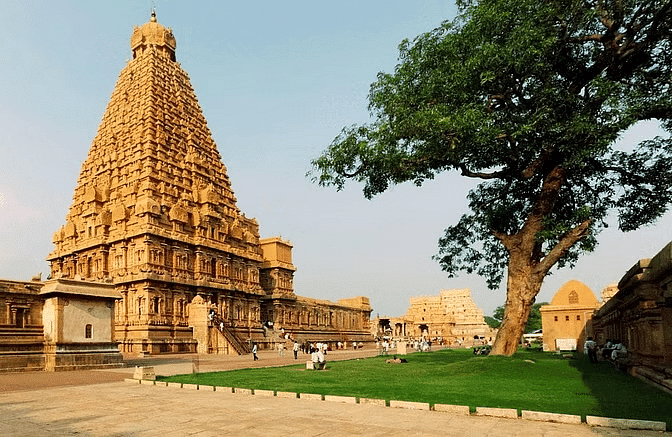 Rajarajeshvara temple
Rajarajeshvara temple
- Building it was a challenge because there were no cranes back then, and the 90-ton stone for the top was too heavy to lift manually. To overcome this, the architects created an inclined path to the top.
- They built a path starting more than 4 km away from the temple so that it wouldn't be too steep. They placed the heavy stone on rollers.
- They rolled the stone all the way up to the top using the inclined path.
- Once the temple was completed, the inclined path was taken down. However, the local residents remembered this remarkable construction method for a long time. Even today, there is a village near the temple called Charupallam, which means the "Village of the Incline."
Two important changes in technology and style started happening around the twelfth century:
Architectural Arches (Arcuate):
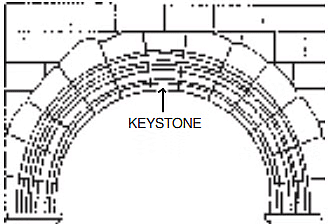 A “true” arch. The “keystone” at center of arch transferred the weight of superstructure to the base of arch. In some buildings, the weight above doors and windows was supported by arches. This style of architecture is called "arcuate."
A “true” arch. The “keystone” at center of arch transferred the weight of superstructure to the base of arch. In some buildings, the weight above doors and windows was supported by arches. This style of architecture is called "arcuate."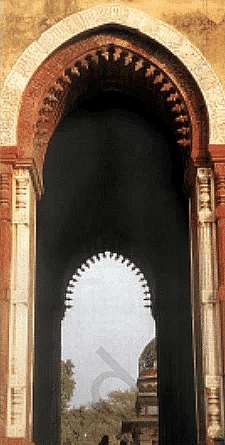 True arch (the Alai Darwaza Quwwat al-Islam mosque, Delhi.)
True arch (the Alai Darwaza Quwwat al-Islam mosque, Delhi.)Use of Limestone Cement:
- Builders began using limestone cement more often in construction.
- This type of cement was of very high quality.
- When mixed with stone chips, it would harden into concrete.
- This innovation made constructing large structures easier and faster.
Building Temples, Mosques, and Tanks
Temples and mosques were not only places of worship but also served to showcase the power, wealth, and devotion of the patron. The Rajarajeshvara temple, built by King Rajarajadeva, illustrates this concept, where the king even took the god's name to appear god-like during rituals.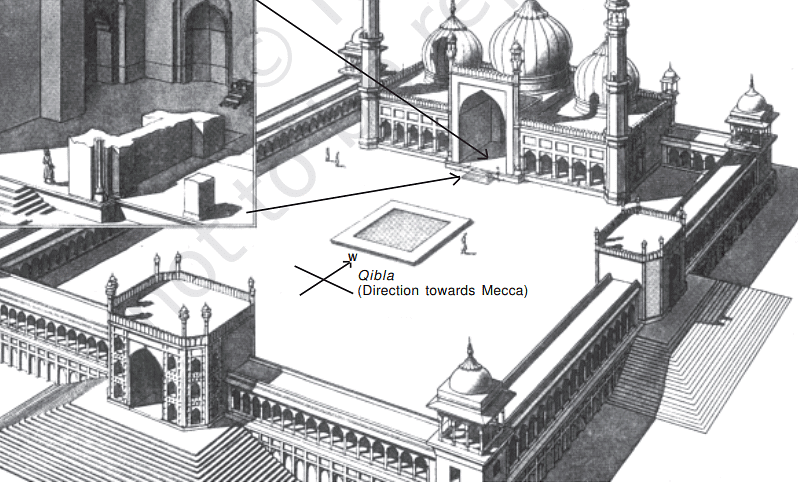 Plan of the Jami Masjid built by Shah Jahan in his new capital at Shahjahanabad, 1650-1656
Plan of the Jami Masjid built by Shah Jahan in his new capital at Shahjahanabad, 1650-1656
- The largest temples, mainly constructed by kings, represented miniature models of the world ruled by the king and his allies.
- Lesser deities in the temples symbolized gods and goddesses of the ruler's allies and subordinates. Worshipping together in these royal temples conveyed a sense of bringing the just rule of the gods to Earth.
- Unlike claiming to be gods, Muslim Sultans and Padshahs were described as the "Shadow of God" in Persian court chronicles.
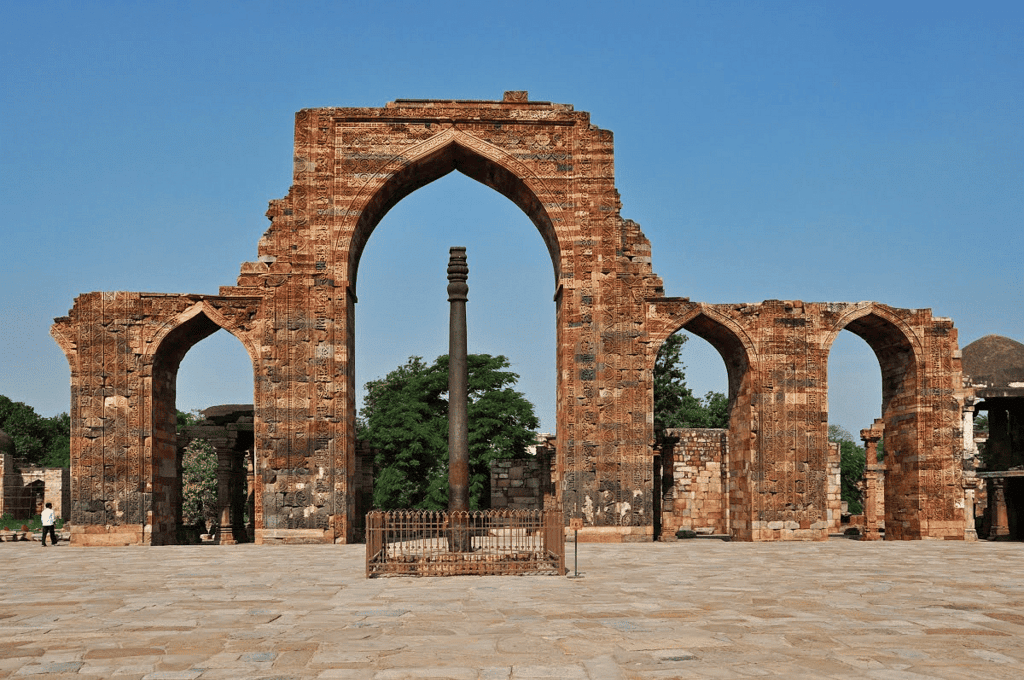 Quwwat al-Islam mosque
Quwwat al-Islam mosque - An inscription in the Quwwat al-Islam mosque stated that God chose Alauddin as a king due to his qualities resembling past great lawgivers like Moses and Solomon.
- With each new dynasty coming to power, kings aimed to emphasize their moral right to rule.
- Constructing places of worship provided them with an opportunity to declare their close relationship with God, especially crucial in times of rapid political change.
- Rulers also supported learned and pious individuals and aimed to transform their capitals into cultural centers for fame.
- Widely believed was the notion that the rule of a just king would bring abundance and rainfall. Constructing tanks and reservoirs to provide precious water was highly praised.
- Sultan Iltutmish earned respect for constructing the Hauz-i-Sultani or the "King's Reservoir" just outside Dehli-i-Kuhna.
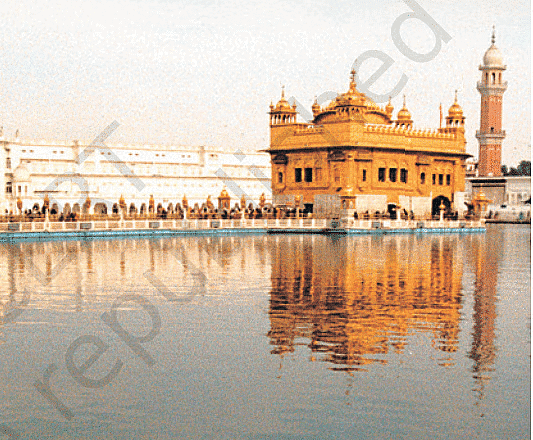 Harmandar Sahib (Golden Temple) with the holy Sarovar (tank) in Amritsar.
Harmandar Sahib (Golden Temple) with the holy Sarovar (tank) in Amritsar. - Rulers frequently constructed tanks and reservoirs, both large and small, for the use of ordinary people.
- These water structures were sometimes integrated into religious places such as mosques, temples, or gurdwaras, serving both spiritual and practical needs.
Why were Temples Destroyed?
Kings built temples to show devotion to God, power, and wealth. Surprisingly, during wars, they often attacked each other's temples. This was because temples held significant value and were seen as symbols of pride.
- Example from Ninth Century:
- In the early ninth century, Pandyan king Shrimara Shrivallabha invaded Sri Lanka. After defeating the king, Sena I, he took valuable items, including a gold Buddha statue from the Jewel Palace and golden images in monasteries.
- To get revenge, Sena II, the next ruler, sent his general to invade Madurai, the capital of the Pandyas, and retrieve the gold Buddha statue.
- Example from Eleventh Century:Temple was built byIn the early eleventh century, Chola king Rajendra I constructed a Shiva temple in his capital. He filled it with statues taken from defeated rulers, displaying his triumphs. Among the loot were valuable statues like a Sun-pedestal, Ganesha, Durga, Nandi, Bhairava, and Kali, collected from different defeated kingdoms.Chola King Rajendra I
- Sultan Mahmud of Ghazni:
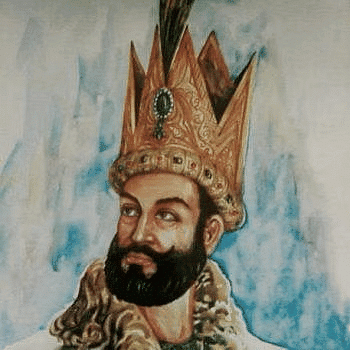 Sultan Mahmud of Ghazni
Sultan Mahmud of Ghazni- Around the same time, Sultan Mahmud of Ghazni, who lived during Rajendra I's era, attacked temples in the Indian subcontinent.
- During his campaigns, he looted wealth and idols, focusing on the well-known Somnath temple. Mahmud aimed to portray himself as a hero of Islam by destroying temples, a practice common in the Middle Ages where rulers showcased their power and success through such actions.
 |
Download the notes
Chapter Notes - Rulers and Buildings
|
Download as PDF |
Region and Empire
During the period from the 8th to the 18th centuries, as construction activities increased, there was a significant exchange of ideas among different regions. Traditions from one area influenced and were adopted by others, fostering a blend of architectural styles.
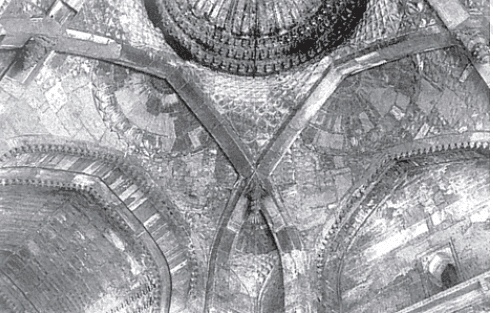 Interior of the temple of Govind Deva in Vrindavan, 1590
Interior of the temple of Govind Deva in Vrindavan, 1590
- Influence of Regional Styles:
- In Vijayanagara, the elephant stables of the rulers were influenced by the architectural style of the nearby Sultanates of Bijapur and Golconda.
- Temples in Vrindavan, near Mathura, mirrored the architectural styles of Mughal palaces in Fatehpur Sikri.
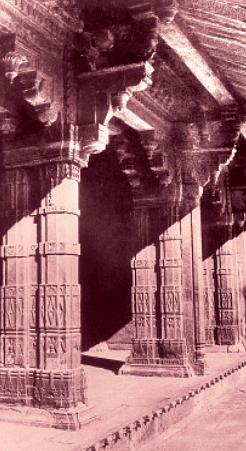 Decorated pillars and struts holding the extension of the roof in Jodh Bai Palace in Fatehpur Sikri
Decorated pillars and struts holding the extension of the roof in Jodh Bai Palace in Fatehpur Sikri
- Impact of Large Empires:
- The formation of expansive empires, which ruled over diverse regions, facilitated the cross-fertilization of artistic forms and architectural styles.
- Mughal rulers, especially, demonstrated skill in incorporating various regional architectural styles into their constructions.
- Adaptation of Styles:
- Mughals adapted regional architectural styles to build their structures. For instance, in Bengal, they admired the local "Bangla dome," designed to resemble a thatched hut, and incorporated it into their architecture.
- In Akbar's capitalFatehpur Sikri, buildings reflected the influence of architectural styles from Gujarat and Malwa.
Even as the authority of the Mughal rulers declined in the 18th century, the architectural styles developed under their patronage continued to be used and adapted by subsequent rulers whenever they established their kingdom.
FAQs on Class 7 History Notes - Rulers and Buildings
| 1. What were the main reasons for the destruction of temples in ancient times? |  |
| 2. How did the construction of temples and mosques reflect the culture of their time? |  |
| 3. What role did rulers play in the construction of religious buildings? |  |
| 4. How did the architecture of tanks differ from that of temples and mosques? |  |
| 5. What impact did the destruction of temples have on local communities? |  |





















